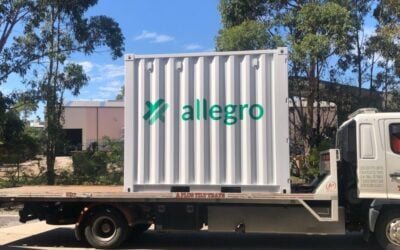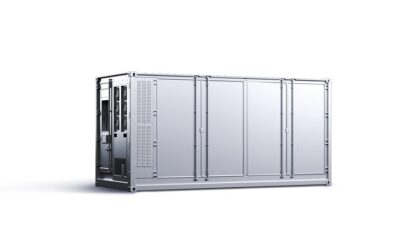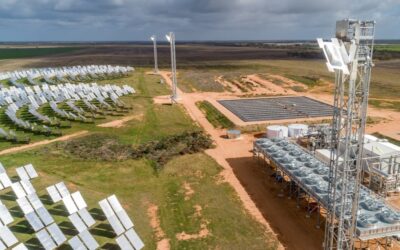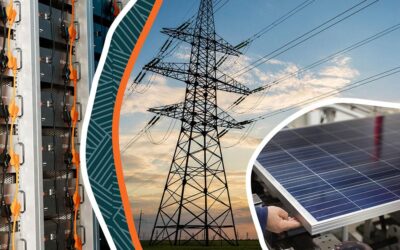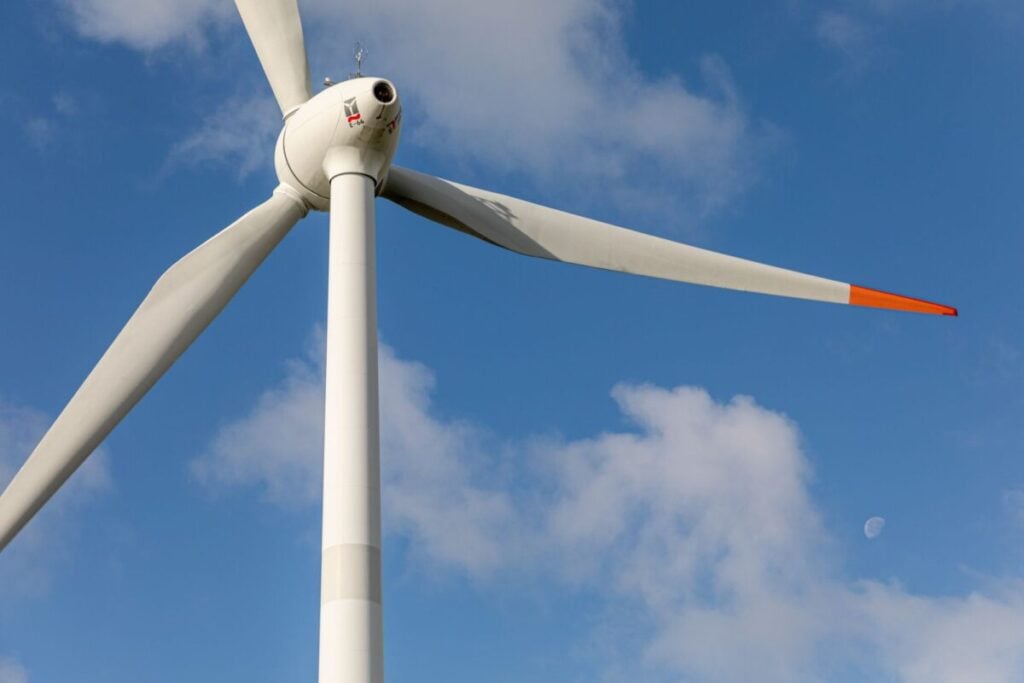
A 350MW wind-plus-storage site in Tasmania, Australia, which features a 600MW/2,400MWh battery energy storage system (BESS), has been granted ‘Major Project’ status by the state’s government.
The AU$1.5 billion (US$940 million) Cellars Hill Wind Farm is a community-driven initiative led by local landowners. Cellars Hill Wind Farm Pty Ltd is the proponent behind the project.
Enjoy 12 months of exclusive analysis
- Regular insight and analysis of the industry’s biggest developments
- In-depth interviews with the industry’s leading figures
- Annual digital subscription to the PV Tech Power journal
- Discounts on Solar Media’s portfolio of events, in-person and virtual
Tasmania’s Minister for Housing, Planning, and Consumer Affairs, Felix Ellis, said developments like the Cellars Hill Wind Farm are driving forces for economic growth, job creation, and progress in the state.
“Cellars Hill Wind Farm is large, complex and significant for the region and our state – it’s clear this is a Major Project and will now be assessed under our streamlined pathway,” Ellis said.
By being declared a major project under the Land Use Planning and Approvals Act 1993 (LUPAA), the site will be assessed by an independent panel assembled by the Tasmanian Planning Commission.
The independent panel makes the final decision on the project. It is not subject to an appeal on planning merit but can be appealed under judicial review on legal matters. Minister Ellis noted that many of the projects currently being evaluated within the major project’s status are wind generation facilities.
“Wind farms are the majority of major projects being assessed currently by the Tasmanian Planning Commission, with four large-scale wind generation projects around the state choosing this pathway,” Ellis said.
A final decision on the proposed project is not expected before March 2026. Construction would then take place in 2027, with operations to begin by 2030.
Tasmania’s wind energy potential
The project is to be located within the proposed Central Highlands Renewable Energy Zone (REZ). REZs are each deemed critical infrastructure projects, coupling transmission infrastructure with large-scale energy generation, such as solar PV and wind, alongside energy storage capabilities. The Energy Corporation of NSW (EnergyCo) describes them as the “modern-day equivalent of power stations”.
The Central Highlands region of Tasmania has ample potential for wind generation, with TasNetworks, a state-owned transmission company, having stated that the REZ has “excellent wind resources, which are the highest of all REZs across the National Electricity Market (NEM)”.
Readers of Energy-Storage.news may be aware that Tasmania is already 100% self-sufficient in renewable electricity generation and has been net zero in six out of the last seven years. Most of the state’s renewable energy comes from hydro generation but is complemented by significant contributions from Tasmanian wind farms.
These often benefit from the ‘Roaring Forties’, an area of the globe that continuously sees strong winds of around 15 to 30 knots all year round. As such, an opportunity may be in place for co-located BESS to capture this energy for exportation to the grid at times of peak demand.
Several wind-plus-storage developments have captured the attention in recent months, alongside the numerous solar-plus-storage sites in Australia.
Yesterday, Energy-Storage.news reported that a 450MW wind-plus-storage project being pursued by developer Goldwind Australia and featuring a 200-400MWh BESS was submitted to the Australian government’s Environment Protection and Biodiversity Conservation (EPBC) Act.
Dubbed the Bashan Wind Farm, it is also being proposed for the Central Highlands region. The project would include 56 wind turbines and three substations.
Another such project is being pursued by developer Squadron Energy in New South Wales. The 700MW wind farm, featuring a co-located 400MW/1,800MWh BESS, is located west of Gulgong and northeast of Wellington in the Central-West Orana REZ, which recently first to transition into the delivery phase.
Alongside this, Swedish developer OX2 recently acquired a proposed 1GW onshore wind farm in Western Australia, including plans for a 100MW co-located BESS.

